Australia's AxceldaPen: Developing 3D Bioprinting for Stem Cell Repair in Surgery
Pictured: Federal Minister for Health Hon. Greg Hunt MP and St Vincent’s Hospital Melbourne Project Leader Professor Peter Choong at the BioMedTech Horizons (BMTH) program launch in Melbourne in 2018.
According to research from Arthritis Australia, the number of people with osteoarthritis and damaged cartilage in Australia is expected to increase nationally from almost 2.2 million in 2015 to almost 3.1 million Australians in 2030[1]. St Vincent’s Hospital Melbourne, in partnership with the University of Melbourne, the University of Wollongong and Swinburne University are developing a device to combat this growing health problem with the handheld AxceldaPen (formerly the BioPen).
In a single surgery, the device aims to rapidly isolate harvested stem cells from a patient that are mixed with a scaffold formulation to 3D print a repair for cartilage defects in joints with osteoarthritis. Looking to 2030, Arthritis Australia has found if demand for knee replacements can be reduced, it could save the Australian health system more than $233 million[2].
This project brings together surgeons, mechatronic engineers, material scientists, bioengineers, biologists and other experts in design, manufacture, quality control, regulatory, patent and intellectual property protection and product commercialisation.
This ground-breaking work is being supported by the our BioMedTech Horizons (BMTH) program, as part of the Australian Government’s Medical Research Future Fund, delivered by MTPConnect, and launched in April 2018.
An Orthopaedic Surgeon and Project Leader at St Vincent’s Hospital, Melbourne, Professor Peter Choong, said the AxceldaPen device will improve the quality of life for patients living with knee problems.
“The AxceldaPen brings innovation, technology and science to the point of delivery where cells are harvested, isolated and then 3D printed back into the patient in a single surgical setting,” Prof Choong explained.
“This is very different to the typical medical device procurement and joint implantation process. The device will bring the laboratory into the operating room and deliver science to the point of care for patients.”
The AxceldaPen combines the advantages of 3D printing with the versatility of using a handheld device, with the technique using stem cells that can be prepared prior to surgery, allowing for on-demand, and patient-specific solutions.
The AxceldaPen development as a medical device has continued to progress in conjunction with the lead candidate AxceldaInk. The Axcelda technology has been deployed in several pre-clinical or animal studies and data from the pivotal large animal study expected later in 2020 with a human pilot study to follow.
The University of Wollongong (UOW) has established a world-first facility named the Translational Research Initiative for Cellular Engineering and Printing (TRICEP) to enable the development of BioInks and customised bioprinting systems for targeted clinical applications. 3D bioprinting is a market area that is forecast to grow globally over the next 10 years to reach US$1.9 billion[3].
Speaking to the MTPConnect Podcast, Director of the TRICEP, Professor Gordon Wallace highlights the importance of establishing the facility at UOW to enhance Australia’s 3D bioprinting capabilities.
“We have been involved in fundamental research into the discovery and development of new materials, for more than 20-years in Wollongong, but we have also had an eye on how we can translate those fundamental discoveries into new applications in the areas of energy and health,” Professor Wallace added.
“In the area of 3D printing and bioprinting, Australia is a world leader, because we have a recognised pipeline in place, where we work with primary producers of materials, like seaweed farmers for which we can extract biomolecules for the BioInks, right through to the hardware and machines.”
“Importantly, Australia has an extensive and integrated clinical network, which enables us, with our partners to identify real clinical challenges and develop the complete solution, to ensure that it’s translatable into the clinical environment.”
For more information, visit St Vincent’s Hospital, Melbourne, AxceldaPen and TRICEP.
[1] Report prepared for Arthritis Australia May 2016 https://arthritisaustralia.com.au/wordpress/wp-content/uploads/2017/09/Final-Counting_SUMMARY_MAY2016_160527.pdf
[2] Counting The Cost: Part 1 Healthcare costs. The current and future burdens of arthritis. Report prepared for Arthritis Australia, May 2016 P31 https://arthritisaustralia.com.au/wordpress/wp-content/uploads/2017/09/Final-Counting-the-Costs_Part1_MAY2016.pdf
[3] Tsao, N (2018). 3D Bioprinting 2018 - 2028: Technologies, Markets, Forecasts. Retrieved on 23 August 2019 https://www.idtechex.com/en/research-report/3d-bioprinting-2018-2028-technologies-markets-forecasts/592
